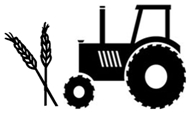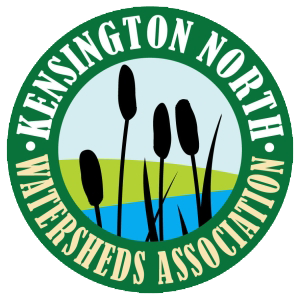Cover crops are an essential tool that farmers use to reduce erosion and build soil. On PEI, a cover crop is usually planted in a field following a harvest, usually late in the growing season (September or October).
PEI has soft, sandy soils that are ideal for growing a wide variety of crops. The sandy soils are highly susceptible to erosion, either by wind, as it blows a dusty cloud off of a field, or by water, which picks up soil particles as surface water runs off the field. A cover crop, usually a cereal crop, is often used to follow potatoes. Traditionally barley and oats have been used, and are planted not too late in the season, preferably in late September or early October, in order to establish a green cover thick enough to reduce the impact of rain striking the soil and to make a mat of roots to bind the loose soil together.
A challenge that potato growers face is that much of the potato crop is harvested after the optimum planting dates for these cereals. In recent years farmers are experimenting with other crops that have greater tolerance of low temperatures – germinate better than barley and oats in cooler temperatures, and keep growing later in the season, both which contribute to additional protection for the soil. These hardier crops include winter rye and winter wheat.
A popular way of sowing a cover crop following a potato crop is to broadcast the seed on top of the potatoes before they are harvested. The act of digging the potatoes covers the seed with soil and germination follows.
Cover crops are but one component of cropping systems using specialty crops to improve and protect the soil. Bio-fumigants, such as brown mustard and buckwheat, suppress troublesome wireworm populations. Crops like tillage radish, field peas, vetch, add organic matter and nitrogen. Experiments are under way with exotic species such as sorghum, sudangrass and millet. All these crops address a variety of goals, such as weed suppression and reducing soil compaction, as well as managing erosion and adding plant residue.

This column is presented by the Kensington North Watersheds Association and the East Prince Agri-Environment Association to inform our communities of the ongoing efforts farmers are taking toward good environmental stewardship.
